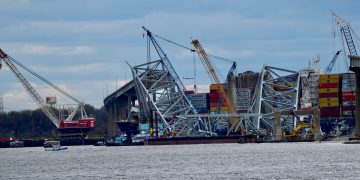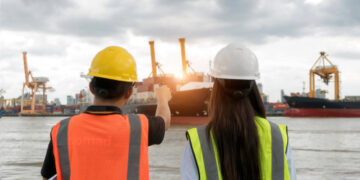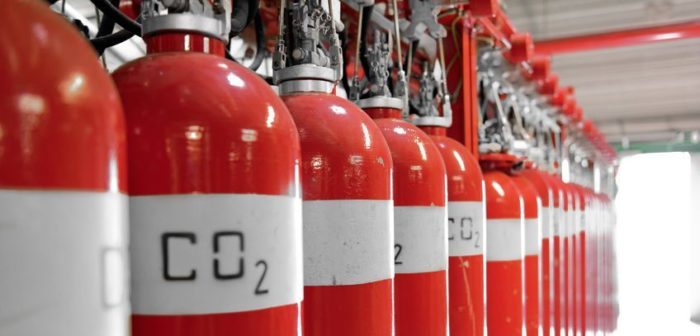Cargo ships carrying liquid cargo is a special category type of ships in respect of firefighting because on board such ships there is a dangerous combination between cargo’s specific features and equipment to support all aspects of vessel’s requirements. The following real life incident is indicative to the nature of firefighting requirements on board such vessels and the dangers that are hidden in day to day operations.
The incident
A chemical tanker was in ballast voyage and was in the final stage of tank cleaning. The next cargo to be loaded, included a grade requiring a high standard of Tank Cleanliness. The applicable Wash Test taken by the ship crew upon completion of tank cleaning revealed unsatisfactory results. The ship’s crew decided to conduct a spray in the tank with methanol to achieve the required standard. This was conducted by using a portable air driven pump. The pump was placed on the top of the methanol drum and connected to a PVC hose serving as the discharge hose.
At the same time, there was hot work on the fire line involving cutting with a grinder and welding of a pre-fabricated piece of about 1m section. No hot work permit had been issued nor any approval taken from company as required by the SMS. The senior officers of the ship and the crew working on deck were aware of both the operations involving the hot work and the tank cleaning operation.
As the washing started, a leakage occurred on the discharge hose. The leakage result was a liquid/vapour trail which spread on deck and reached the area of hot working (Hot work on the fire line 29 meters abaft). The trail ignited and the fire flashed back to the area where the drum of methanol was positioned in vicinity of the cargo tank being sprayed with methanol resulting in a subsequent explosion inside the cargo tank.
As a result of the explosion, three (3) crew members involved in the methanol spray operations were directly affected. The first crew member inside the cargo tank and a second crew member positioned on the main deck and in vicinity of the methanol drum, sustained severe burn injuries. The third crew member stationed outside the cargo tank in vicinity of the tank entrance was reported as missing and assumed fallen overboard due to the force of the explosion. The cargo tank, adjacent pair of cargo tank, the double bottom ballast tank and main deck was damaged structurally.
The two injured crew members medevacked to shore hospital for treatment who eventually passed out due to burn injuries and the missing crew member never found during the launched search and rescue operation
Cause of incident
The following factors contributed to fire explosion due to the presence of flammable vapour:
- Fuel – there was methanol in the barrel, liquid/vapour trail and fuel left overs in the tank
- Ignition source – Hot works was in progress
- Oxygen – Plenty of open air oxygen found
However, the deviation from Company’s procedures can be considered as an actual root cause. As such, no hot work permit would have been approved near an area of tank washing. If the appropriate permits had been issued, the officers in charge during washing and hot working would have been aware for adjacent area’s condition.
Lessons Learned
- Basic fire training is very important for crew onboard tanker ships. Apart from theory, this should be part of real life day to day operation.
- Senior officers should act to safety issues with common sense. For example, an officer does not need the permit restriction in order to decide that it is catastrophic to conduct hot works next to an area of cargo tank washing on board tanker.
- Effective communication between crew members is vital for safety on board. Different parties may have been assigned to different tasks but here comes the role of Safety Officer to monitor and categorize the needs and the succession of works on board.
- Masters need to be strict with the implementation of all safety procedures within company’s SMS. Overall, SMS details all the important policies, practices, and procedures that are to be followed in order to ensure safe functioning of ships at the sea.

































































